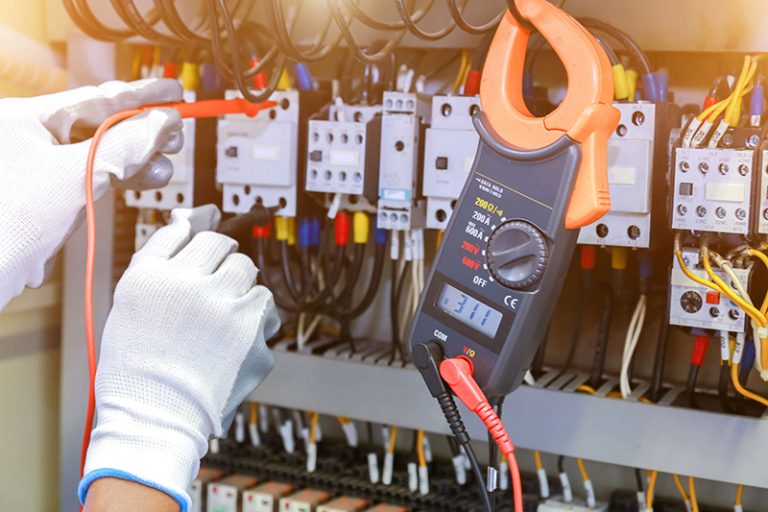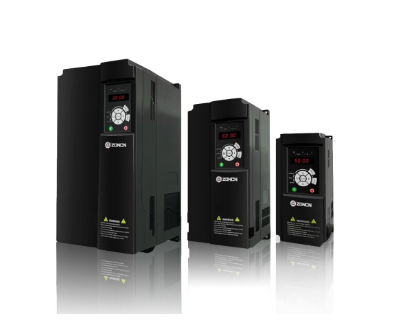
Low voltage refers to a relatively low voltage level in the power system. The range of low voltage standards may vary in different countries.
In European and international standards, low voltage is between 50V and 1000V for AC and between 75V and 1500V for DC.
The US standard defines low voltage as voltages of 600V and below, which are mainly used for building electrical installations and equipment.
The Chinese standard defines single-phase voltage as 220V and three-phase voltage as 380V, both of which are low voltage.
Low-voltage transformers and power supplies are essential for low-voltage power distribution. Transformers are used to reduce the higher voltage of the main power supply to the required low-voltage level. In contrast, power supplies regulate and distribute electrical energy to various devices. Low-voltage distribution systems are designed to efficiently deliver power to low-voltage equipment while maintaining safety and reliability.
Low voltage is widely used in various daily life and industrial scenarios, including but not limited to:
Lighting appliances, daily household lamps, chandeliers, table lamps, etc. generally use low-voltage electricity of 220V (China) or 120V (USA).
Household appliances, such as refrigerators, air conditioners, televisions, washing machines, microwave ovens, etc., usually use low-voltage electricity of 220V or 120V.
Electronic devices, such as mobile phones, tablets, laptops, etc., are charged through USB ports, usually using 5V or 9V DC.
Many electric vehicle charging stations use low-voltage electricity, commonly 220V or 380V AC and 48V DC.
Home and small commercial solar photovoltaic systems usually generate 12V, 24V or 48V DC, which is converted to 220V or 120V AC power through inverters.
Low voltage applications are diverse, from household electricity, commercial buildings, industrial production to transportation, communications and public infrastructure. Low voltage power systems provide safe, reliable and efficient power supply for various equipment and facilities. Low voltage wiring is often used in these applications because it is designed for smaller currents and has higher safety than conventional wiring. This type of wiring is also more cost-effective and easier to install.
Advantages and Disadvantages of Low Voltage
When the voltage is low, the risk of electrical fires is relatively lower and safer. Almost all electrical equipment and systems have low voltage versions, covering a wide market. The manufacturing cost of low voltage equipment and components is relatively low, and they are widely used in many fields such as home, business, industry, and communications to meet a variety of needs.
When the low voltage power transmission distance is long, the loss is large and it is not suitable for long-distance transmission. At the same power, the low voltage system requires a larger current, and the wires and switchgear need to withstand a larger current load. For high-power industrial equipment or long-distance power supply needs, the low voltage system cannot meet them, and a high voltage system is needed to solve them.

